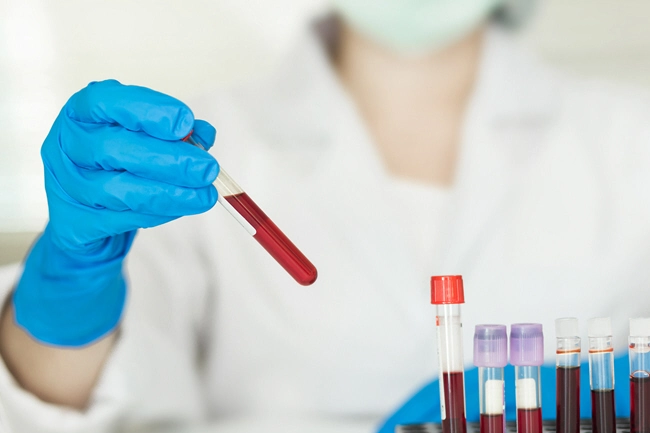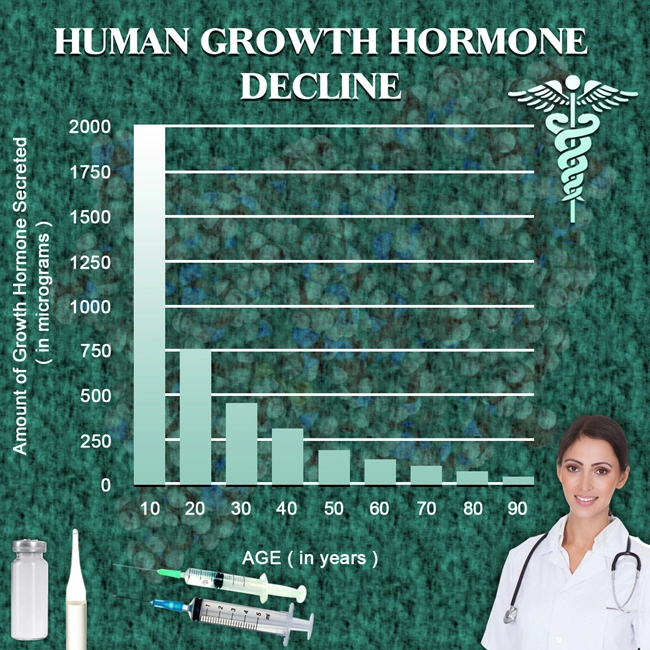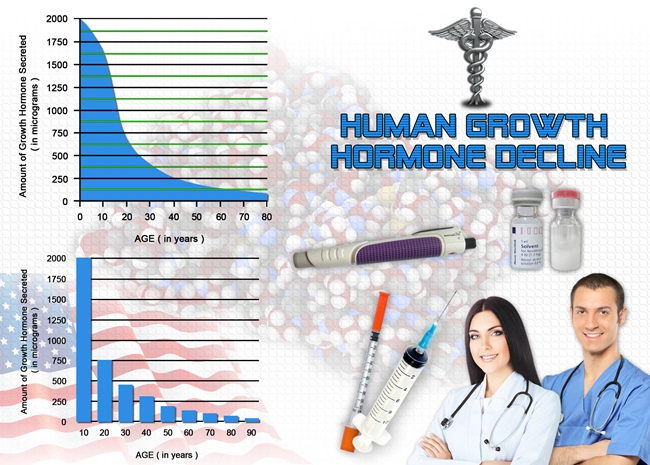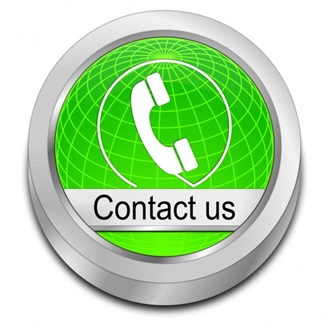
Video Link: https://vimeo.com/252392713
Video Download: Click Here To Download Video
Video Stream: Click Here To Stream Video
Research has proven time and time again that Human Growth Hormone (HGH) strengthens bones and may halt the onset of the dreaded affliction called osteoporosis. In addition to solidifying bones, HGH helps build bones indirectly by giving the older body's a jolt of energy that gets them off the couch and beginning to exercise.
When our ancient “hunter-gatherer” ancestors were engaged in a constant, life-or-death struggle for food and shelter, they were continually on the move...and weak bones were one of their least concerns. But that was then...and this is now.
Health research scientists, fitness trainers, and physicians all agree that today's sedentary lifestyle, brought on mainly by modern technology, is leading many of us toward weakened, brittle bones. Keep reading and find out why this is happening and, more importantly, what you can do to prevent your bones from joining this ever-increasing, debilitating trend.
Why Your Bones are at Risk
 Let's face it. Very few of us are “Luddites,” that is, people who are almost entirely opposed to modern technology, and all our modern conveniences.
Let's face it. Very few of us are “Luddites,” that is, people who are almost entirely opposed to modern technology, and all our modern conveniences.
Most of us enjoy these conveniences, which are brought to us by the wonders of technology. As a result, most folks feel that technology is great. And in many ways, it is. But there has been one enormous, unintended consequence.
Before Farming was Invented, Humans had 20% More Bone Mass Than We Do Today
That's right. Due to all of these inventions, contraptions, and conveniences, more and more people are becoming glued to the recliner or couch.
With food and drink as close as the refrigerator, we don't need to move a fraction of what we used to in the days when we lived as “hunter-gatherers.” Remember the days when our ancestors were nomadic; they were perpetually on the move.
They had to be, or they'd starve. But, with the advent of farming, our bone strength plummeted dramatically, and fractures started occurring more frequently. It was initially thought that agriculture created dietary changes that lead to weakened bones.
But modern-day scientists have now widely discredited that theory. Instead, they’ve identified the beginning of our increasingly sedentary lifestyles as the culprit.
And This Trend Continues
In the 20th century, as our technology progressed by leaps and bounds, the number of idle people has also seen a striking increase. As a result, human bones have been growing weaker and weaker.
And the occurrence of fractures has also been growing. Those who study bones have even developed a name for this process: fragile bone syndrome. Simply put, humans were not designed to sit idle as much as we currently do.
Sitting at our computers for work and recreation, driving cars, watching television, etc., has turned us into a population that is doing much less than any time in human history.
Why? Because we don’t have to move. Technology is doing it for us. That’s why fragile bone syndrome is growing at a frightening pace, affecting more and more people than ever.
it for us. That’s why fragile bone syndrome is growing at a frightening pace, affecting more and more people than ever.
But it can be stopped dead in its tracks. Bone researchers have concluded that regular movement, combined with a particular type of weight-bearing exercise, is the key to preventing brittle bone syndrome.
It can keep your bones strong enough to prevent osteoporosis and debilitating fractures.
Impact Loading: The Key to Avoid Fragile Bone Syndrome
Researchers out of the University of Cambridge recently did a study on human bone tissue and the weakening effects that have been ongoing since farming was created.
Their conclusions were positive, and give us hope. They determined that there was no reason why a modern man couldn’t regain the bone strength we used to have way back in the cave days.
But you must be willing to challenge your bones with individual impact loading type exercise. Impact loading exercise is the movement that strengthens the bones by putting them under frequent and intense stress.
One of Mother Nature's miracles is how this helps. Impact loading exercise causes minor damages, like tiny tears deep in the inner bone mesh. When your body repairs this injury, it stimulates your bone tissues to strengthen themselves, making them stronger and therefore less prone to future harm.
Impact loading type exercise is where your foot continuously hits the ground, or a floor, such as:
- Running. It's primitive. It's hard. It can be painful. But it also works wonders as an impact loading exercise. And it's easy to do. For many of us, it's
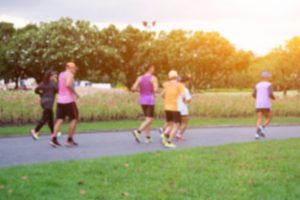 as simple as walking out the front door and hitting the streets or a nearby park. The key is to start slowly, and gradually increase your distance and intensity. Consider alternating days of quick sprints and brief intervals of rest with long-distance runs at a slower pace. This will allow you to burn fat and increase your cardiovascular capacity.
as simple as walking out the front door and hitting the streets or a nearby park. The key is to start slowly, and gradually increase your distance and intensity. Consider alternating days of quick sprints and brief intervals of rest with long-distance runs at a slower pace. This will allow you to burn fat and increase your cardiovascular capacity. - Walking. This is ideal for folks who never were active, or are just getting back into exercise. Walking is also good for highly fit folks as well, for a change from their usual routine. Some studies have concluded that walking is in some aspects superior to running when it comes to burning fat since running relies on carbohydrates (the most efficient form of energy) to provide energy rather than fat. Walking doesn’t need to use the most efficient form of energy, so it draws upon fat, a less active form of energy. Regardless, do both...hit the track! Then work up to hiking hills.
- Team field and floor sports (baseball, basketball, football, soccer, etc.). Just beware of injury.
- Jumping rope. This has long been a favorite of fighters and will strengthen the bones in your ankles as well as burn calories.
- Aerobic class type exercise like many of the fitness videos seen on late-night infomercials. They are fabulous load-bearing exercises, but listen to your body and don't overdo it.
Don't Forget Strength and Resistance Training
Impact loading occurs anytime you support your body weight as in...
1. Weightlifting. Barbells, dumbbells, and resistance machines can beef up your bones, tendons, and ligaments as well as your muscles.
2. Kettlebells. Known as “The AK-47” of fitness tools, these sinister-looking devices stress the muscles in unique ways. They first arrived in America in the  1990s, and by the early 2000s, they had become the hottest thing in the fitness world. They are somewhat less omnipresent now, but that just means that they have become mainstream and accepted. Kettlebells are perfect for load-bearing.
1990s, and by the early 2000s, they had become the hottest thing in the fitness world. They are somewhat less omnipresent now, but that just means that they have become mainstream and accepted. Kettlebells are perfect for load-bearing.
3. TRX suspension trainer. This device works the core and establishes a firm foundation for muscles and balance, which translates into stronger bones.
4. Bodyweight calisthenics. Push-ups, pull-ups, chin-ups, sit-ups, free squats, and a broad range of other body-weight movements can also serve as powerful load bearers.
Again; moderation is the key. You don't have to go crazy and make sure to get the green light from your doctor to proceed with any exercise program. Doing any of the above impact loading type exercises for just one half-hour, a mere three times a week, will keep your bones healthy. They will be your front-line troops in the battle to ward off osteoporosis and acute hip fractures.
Tools are There. It's Up to You to Use 'em
Technology is inexorably advancing, and we couldn't stop it, even if we wanted to, nor should we want to stop it. But we can have our cake and eat it too.
Get enough nutrients through healthy, bone-strengthening foods, a long with the right supplements, and develop an exercise routine from the ideas listed above that is correct for you.
A small effort put into doing these simple steps will enable you to stop your bones from becoming progressively weaker, especially as you age. Bone-building exercise and nutrition work hand-in-hand to prevent fragile bone syndrome from affecting you.
Remember this simple equation: Growth Hormone and physical fitness = solid, durable bones!
References
Bone health: Tips to keep your bones healthy
How to Keep Your Bones Strong as You Age
Contact Us Today For A Free Consultation
Dear Patient,
Once you have completing the above contact form, for security purposes and confirmation, please confirm your information by calling us.
Please call now: 1-800-380-5339.
Welcoming You To Our Clinic, Professor Tom Henderson.

- Are You Constantly Feeling Tired And Fatigued ? [Last Updated On: May 21st, 2024] [Originally Added On: May 1st, 2018]
- Constantly Tired? Can't Sleep? [Last Updated On: March 14th, 2025] [Originally Added On: March 23rd, 2019]
- How to Understand and Deal with Cirrhosis [Last Updated On: March 13th, 2025] [Originally Added On: April 12th, 2019]
- Insomnia: The Silent Killer [Last Updated On: March 12th, 2025] [Originally Added On: April 30th, 2019]
- Lipocine Reintroduces Tlando [Last Updated On: July 18th, 2024] [Originally Added On: March 18th, 2020]
- High-Intensity Interval Training Boosts Both Body and Mind [Last Updated On: February 20th, 2025] [Originally Added On: May 10th, 2020]
- Tattoo Safety: What to Know Before You Get a Tattoo [Last Updated On: February 28th, 2025] [Originally Added On: June 2nd, 2020]
- Testosterone and Fatherhood [Last Updated On: May 20th, 2024] [Originally Added On: October 12th, 2020]
- L-Arginine: The Key to Both Heart Health and Sexual Health [Last Updated On: March 10th, 2025] [Originally Added On: December 4th, 2020]
- The Importance of Hormonal Balance for Menopause [Last Updated On: February 20th, 2025] [Originally Added On: December 14th, 2020]
- Menopause Drugs: Study Stokes New Debate Over Cancer Risks [Last Updated On: March 8th, 2025] [Originally Added On: December 16th, 2020]
- Study Examines Link Between Growth Hormones and Osteoporosis [Last Updated On: March 11th, 2025] [Originally Added On: December 17th, 2020]
- Everything You Need to Know About Clomiphene [Last Updated On: March 9th, 2025] [Originally Added On: December 20th, 2020]
- Fast Facts About DHEA: What You Need to Know About This Natural Steroid [Last Updated On: July 15th, 2024] [Originally Added On: March 4th, 2021]
- Enjoy a Few Drinks Weekly? Beware: This May Be a Link to Low Sperm Counts and Quality [Last Updated On: March 6th, 2025] [Originally Added On: August 16th, 2021]
- Hormone Therapy May Benefit Some Women's Hearts [Last Updated On: February 20th, 2025] [Originally Added On: August 18th, 2021]
- HGH Male Blood Panel [Last Updated On: October 28th, 2021] [Originally Added On: September 28th, 2021]
- Growth Hormone Battles Osteoporosis [Last Updated On: February 26th, 2025] [Originally Added On: October 11th, 2021]
- Growth hormone = More Sleep = Better Sex! [Last Updated On: March 7th, 2025] [Originally Added On: October 11th, 2021]
- Low Testosterone and Hypogonadism: The Difference [Last Updated On: June 10th, 2024] [Originally Added On: October 12th, 2021]
- The Link Between Testosterone and Tylenol [Last Updated On: February 21st, 2025] [Originally Added On: October 12th, 2021]
- Hormone Replacement Therapy and Aerobics May Ease Menopause Symptoms [Last Updated On: February 19th, 2025] [Originally Added On: October 13th, 2021]
- Growth Hormone and Lifestyle = An Extended Lifespan [Last Updated On: February 23rd, 2025] [Originally Added On: October 13th, 2021]
- Growth Hormone, Foods, and Supplements for Healthy Skin [Last Updated On: June 1st, 2024] [Originally Added On: October 13th, 2021]
- Hormone Replacement Therapy, Menopause, and Cancer [Last Updated On: February 24th, 2025] [Originally Added On: October 13th, 2021]
- Hormone Replacement Therapy and Menopause [Last Updated On: February 25th, 2025] [Originally Added On: October 13th, 2021]
- Testosterone and Women [Last Updated On: February 18th, 2025] [Originally Added On: October 13th, 2021]
- Growth Hormone and Smoking [Last Updated On: February 19th, 2025] [Originally Added On: October 14th, 2021]
- Testosterone, Statins, and Prostate Cancer [Last Updated On: February 18th, 2025] [Originally Added On: October 19th, 2021]
- Researchers Investigate Declining Sperm Counts, Find Chemicals Rampant [Last Updated On: June 14th, 2024] [Originally Added On: June 14th, 2022]
- Understanding the Role of Hormonal Balance in Menopause [Last Updated On: February 7th, 2025] [Originally Added On: February 7th, 2025]
- Introduction: Benefits of Hormone Replacement Therapy [Last Updated On: February 8th, 2025] [Originally Added On: February 8th, 2025]
- The Influences and Benefits of High-Intensity Interval Training [Last Updated On: February 8th, 2025] [Originally Added On: February 8th, 2025]
- The Link Between Human Growth Hormone, Exercise, and Osteoporosis [Last Updated On: February 9th, 2025] [Originally Added On: February 9th, 2025]
- The Therapeutic Benefits of Human Growth Hormone [Last Updated On: February 16th, 2025] [Originally Added On: February 16th, 2025]
- Introduction: The Reality of Menopause [Last Updated On: February 18th, 2025] [Originally Added On: February 18th, 2025]
- An Introduction to the Benefits of Human Growth Hormone Replacement Therapy [Last Updated On: February 19th, 2025] [Originally Added On: February 19th, 2025]
- Introduction to Hormone Replacement Therapy [Last Updated On: February 20th, 2025] [Originally Added On: February 20th, 2025]
- Introduction: Evaluating the Safety of Hormone Replacement Therapy [Last Updated On: February 23rd, 2025] [Originally Added On: February 23rd, 2025]
- The Rise of Tattoos in America [Last Updated On: February 23rd, 2025] [Originally Added On: February 23rd, 2025]
- The Influence of Growth Hormone and Sleep on Libido [Last Updated On: February 27th, 2025] [Originally Added On: February 27th, 2025]
- Introduction: The Association Between Alcohol Consumption and Sperm Quality [Last Updated On: February 27th, 2025] [Originally Added On: February 27th, 2025]
